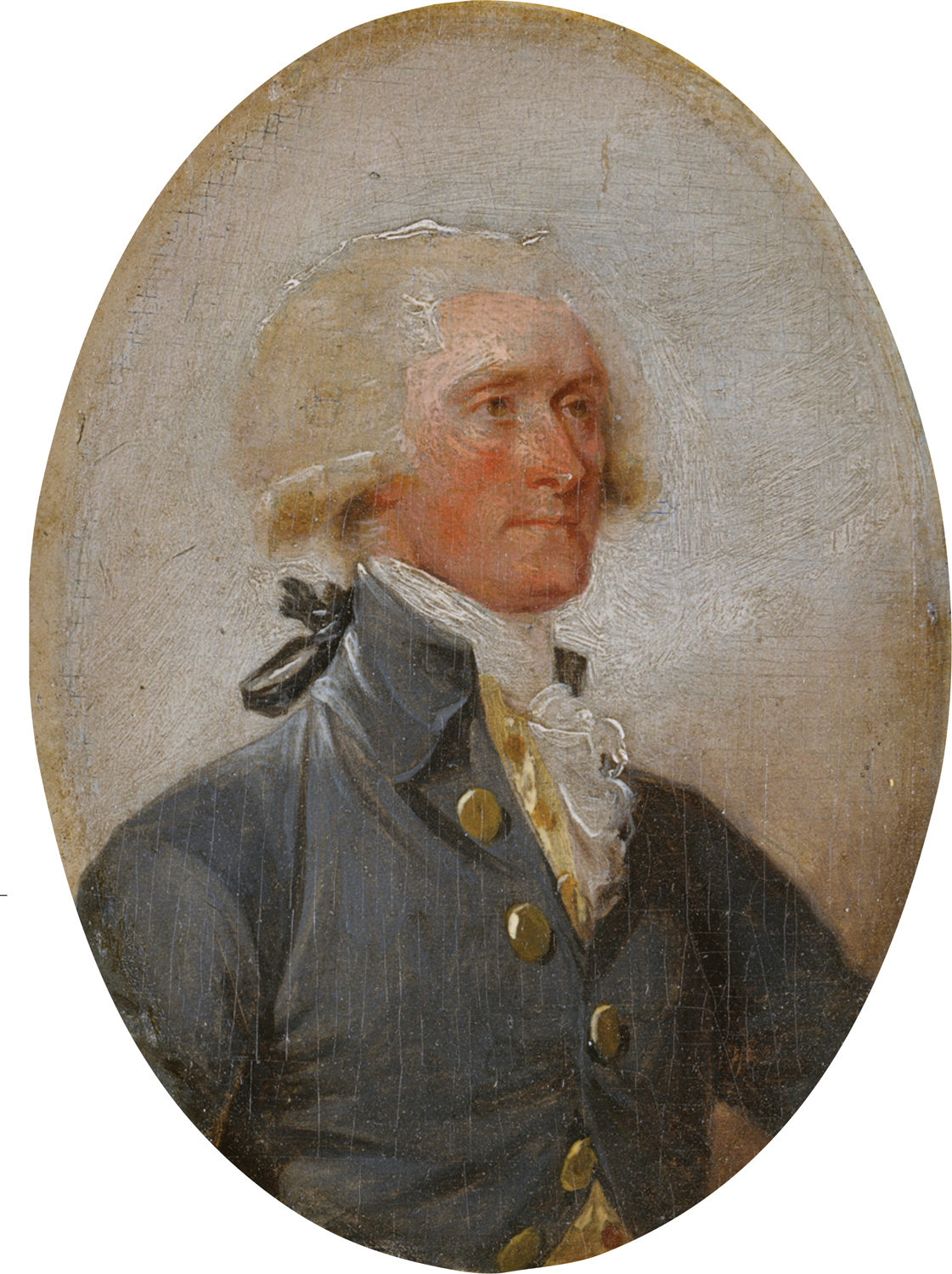The American Promise:
Printed Page 258
The American Promise Value
Edition: Printed Page 243
The Jeffersonian Vision of Republican Simplicity

Once elected, Thomas Jefferson turned his attention to establishing his administration in clear contrast to the Federalists. For his inauguration, the first in the newly established District of Columbia, he dressed in everyday clothing to strike a tone of republican simplicity, and he walked to the Capitol for the modest swearing-
Martha Washington and Abigail Adams had received the wives of government officials at weekly teas, thereby cementing social relations in the governing class. But Jefferson, a longtime widower, disdained female gatherings and avoided the women of Washington City. He abandoned George Washington’s practice of holding weekly formal receptions. He preferred small dinner parties with carefully chosen politicos, either all Republicans or all Federalists (and all male). At these intimate dinners, the president exercised influence and strengthened informal relationships that would help him govern.
Jefferson was no Antifederalist; he had supported the Constitution in 1788. But events of the 1790s had caused him to worry about the stretching of powers in the executive branch. Jefferson had watched with distrust as Hamiltonian policies refinanced the public debt, established a national bank, and secured commercial ties with Britain (see “The Public Debt and Taxes” in chapter 9). These policies seemed to Jefferson to promote the interests of greedy speculators and profiteers at the expense of the rest of the country. In Jefferson’s vision, the source of true liberty in America was the independent farmer, someone who owned and worked his land both for himself and for the market.
Jefferson set out to dismantle Federalist innovations. He reduced the size of the army by a third, preferring a militia-
A limited federal government, according to Jefferson, maintained a postal system, federal courts, and coastal lighthouses; it collected customs duties and conducted the census. The president had one private secretary, a young man named Meriwether Lewis, and Jefferson paid him out of his own pocket. The Department of State employed 8 people: Secretary James Madison, 6 clerks, and a messenger. The Treasury Department was by far the largest unit, with 73 revenue commissioners, auditors, and clerks, plus 2 watchmen. The entire payroll of the executive branch amounted to a mere 130 people in 1801.
However, 217 government workers lay beyond Jefferson’s command, all judicial and military appointments made by John Adams as his very last-